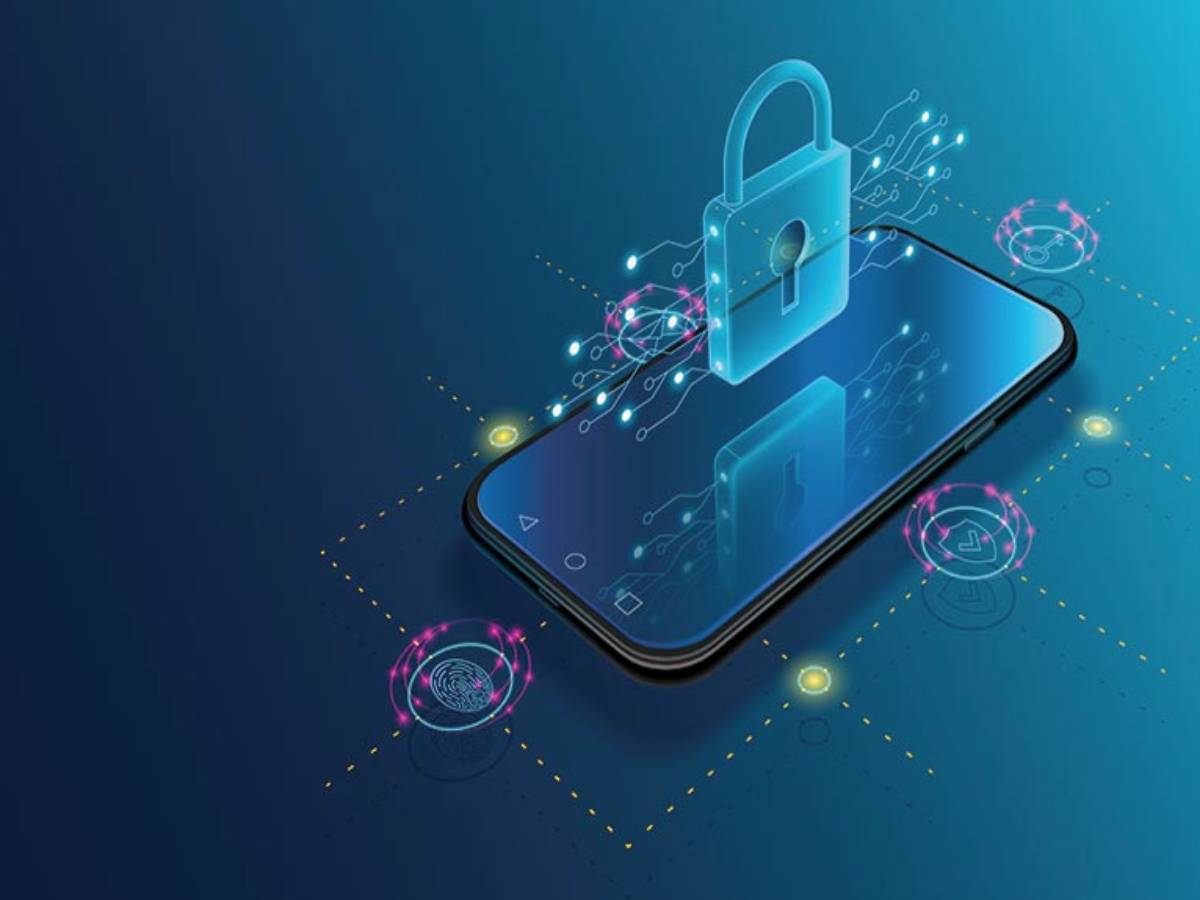Social engineering is currently one of the significant threats to IT security, and the recent attack on Twitter made it clear again. Security expert CyberArk names five simple measures that significantly reduce the risk of social engineering.
The hacker attack on Twitter, which affected presidential candidate Joe Biden, ex-President Barack Obama, and Amazon boss Jeff Bezos, is one of the most significant attacks on a social media platform to date. According to Twitter, it is due to social engineering. The attackers could obtain privileged access data to an administrative tool that is usually only available to internal support teams.
People make mistakes, so companies will never rule out successful social engineering attacks entirely. But there are five measures a company can take to reduce the attacker’s success rate massively.
Table of Contents
Awareness Building
Regularly raise employees’ awareness of security threats and ongoing training on cybersecurity best practices. In particular, attention should be drawn to the risks associated with money orders or the forwarding of confidential and personal information.
Use Of Privileged Access Management
One of the best proactive ways to minimize the risk of privileged access is to implement the least privilege principle within privileged access management. This means that the access rights of users should be restricted to the minimum necessary for the respective role. This can prevent an attacker from moving sideways in the company network – even after a successful social engineering attack.
Use Of Multi-Factor Authentication
One-factor authentication, for example, with a password, is always a single point of failure. Therefore, multi-factor authentication should be mandatory for access to critical systems, and this means that every social engineering attack comes to nothing.
Use of Dual Control Systems
No employee should have full access to confidential platforms without multiple levels of security. At least a four-eyes principle must apply. An employee only receives access to a critical system if they have received approval for this from a second authorized user or additional system logic (e.g., a ticket management system).
Monitoring Privileged Activities
The continuous monitoring of privileged sessions and analysis tools enable the automatic detection of risky behavior or unusual activities. Based on this information, a company can quickly initiate the necessary measures.
Also Read: The Art Of Cyber Risk Prediction And How To Stay One Step Ahead Of Cyber Attacks

